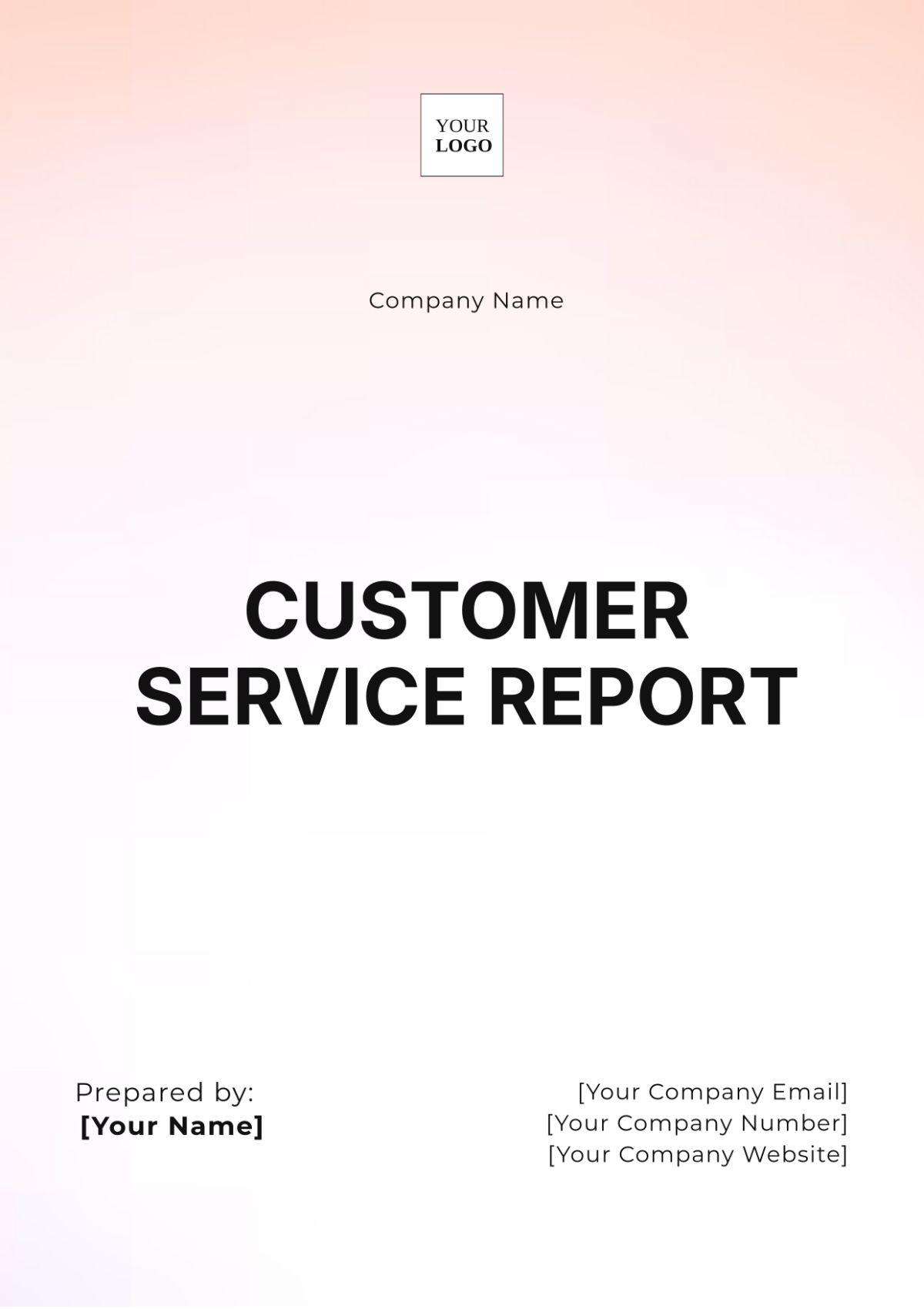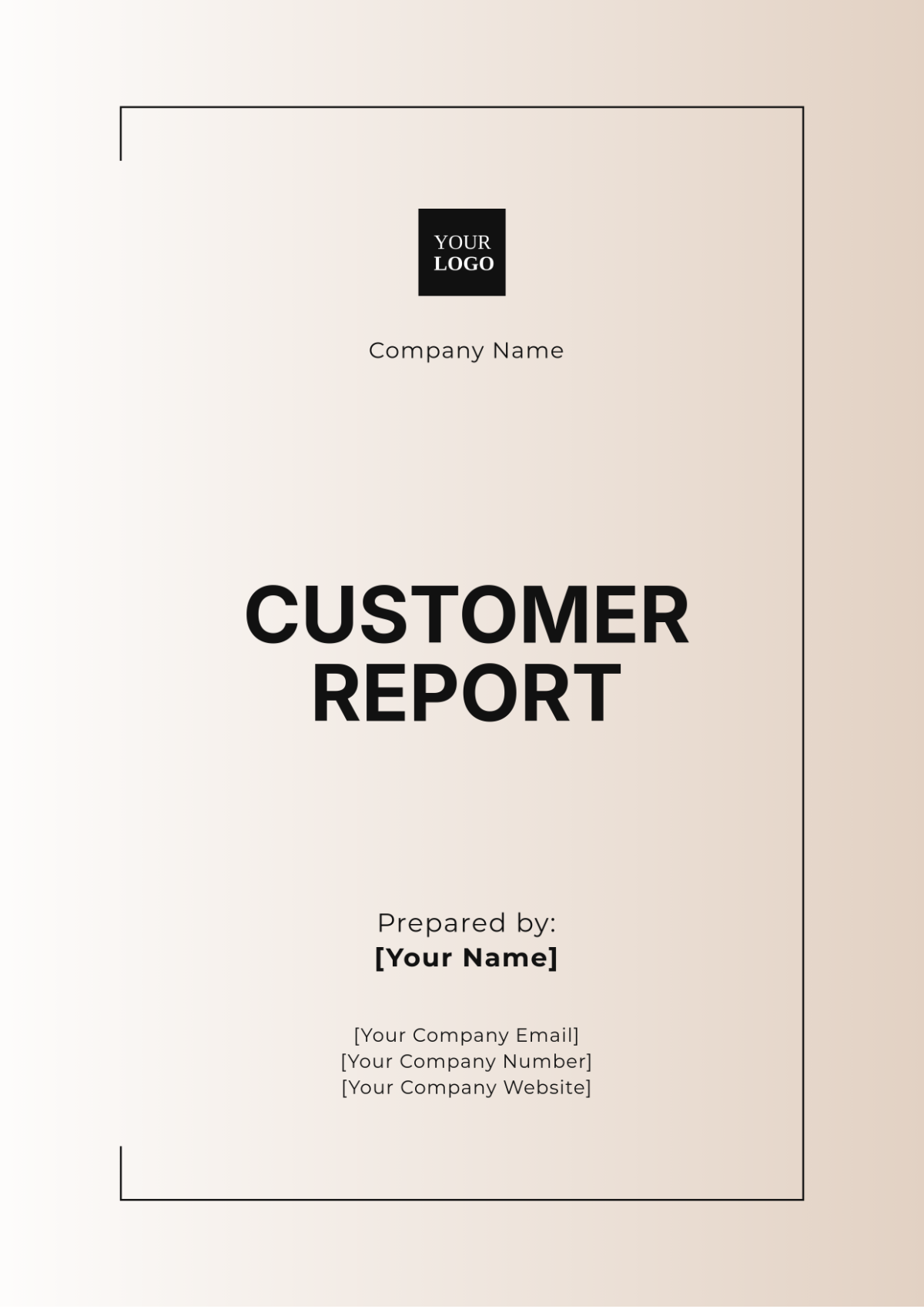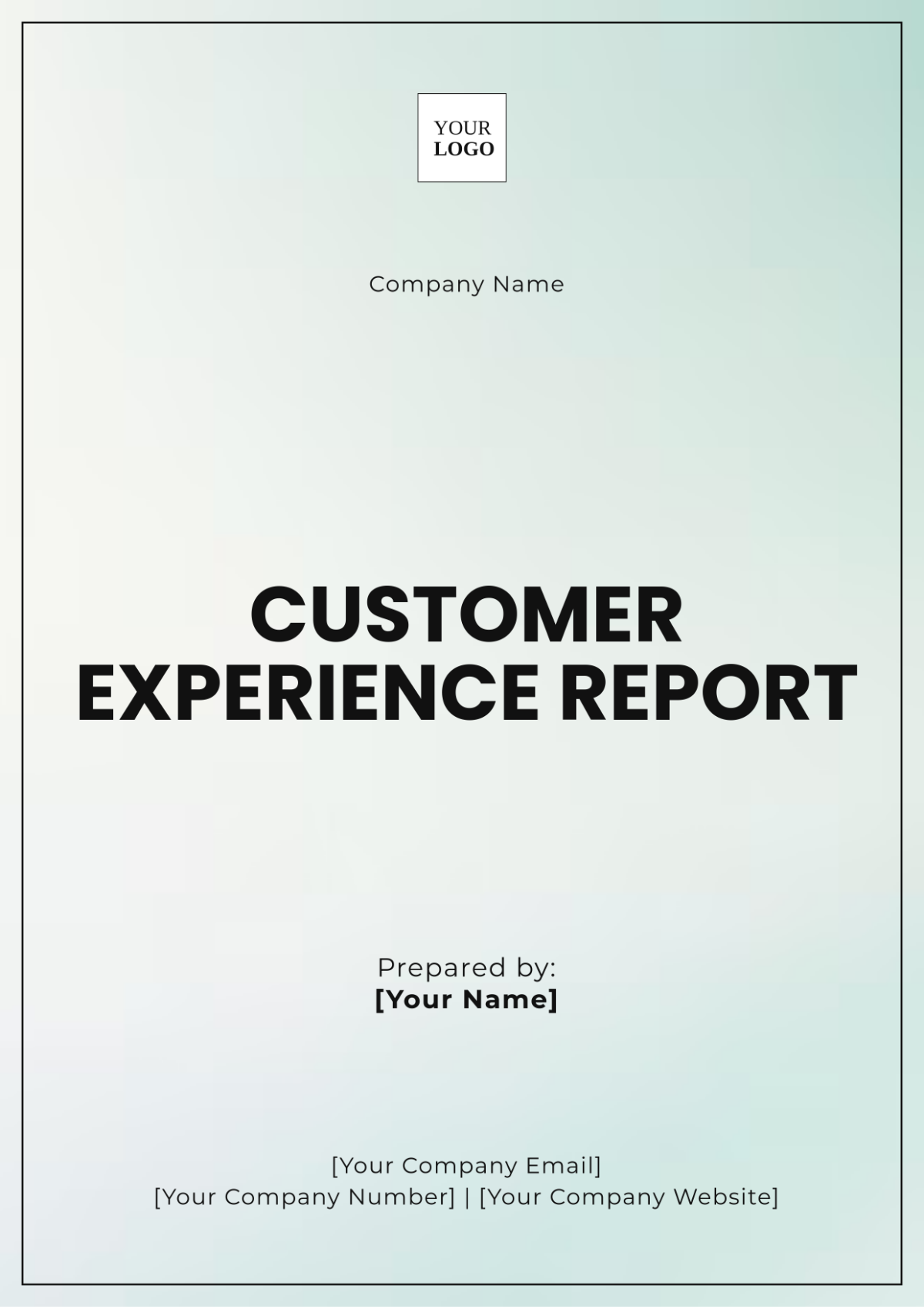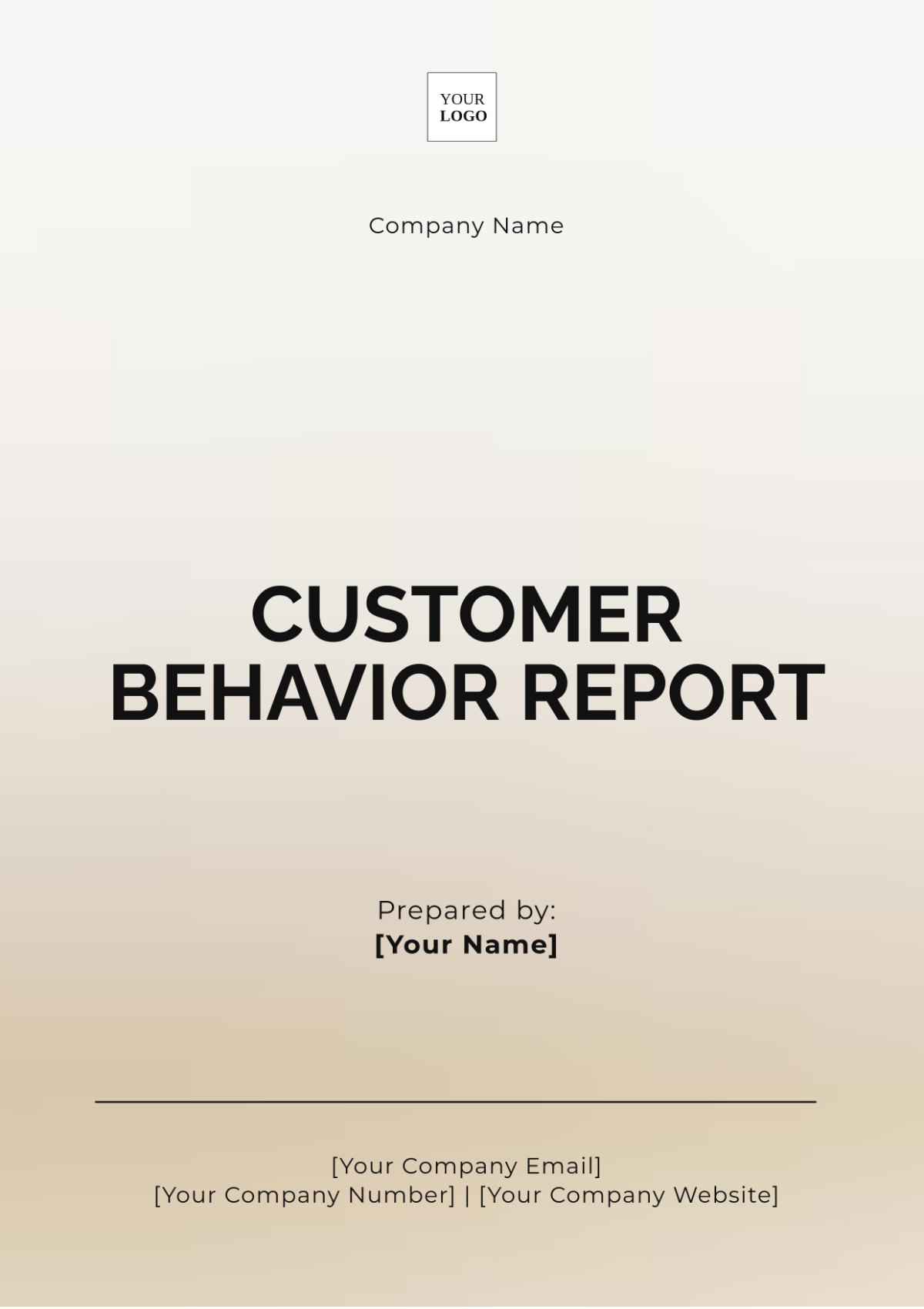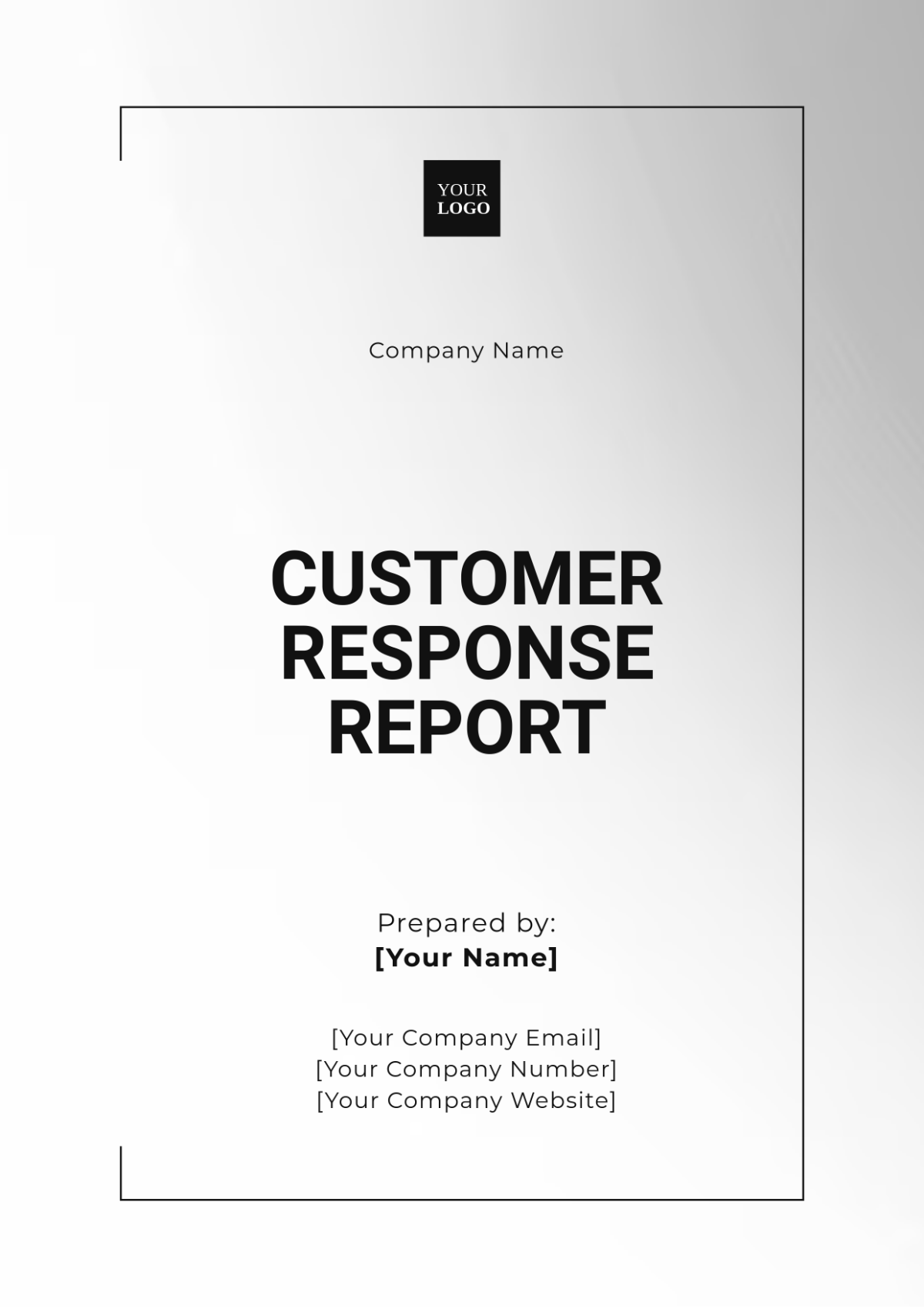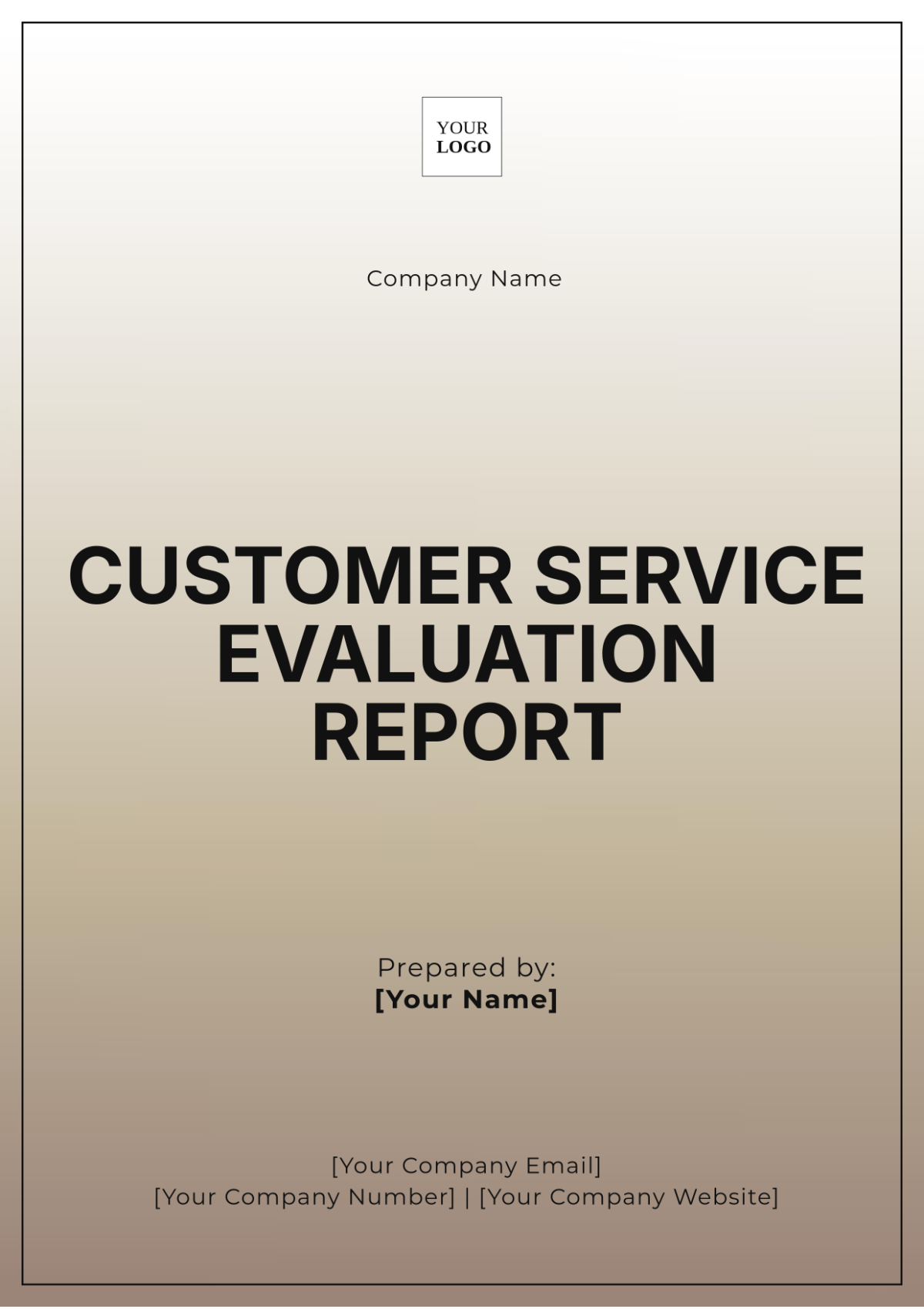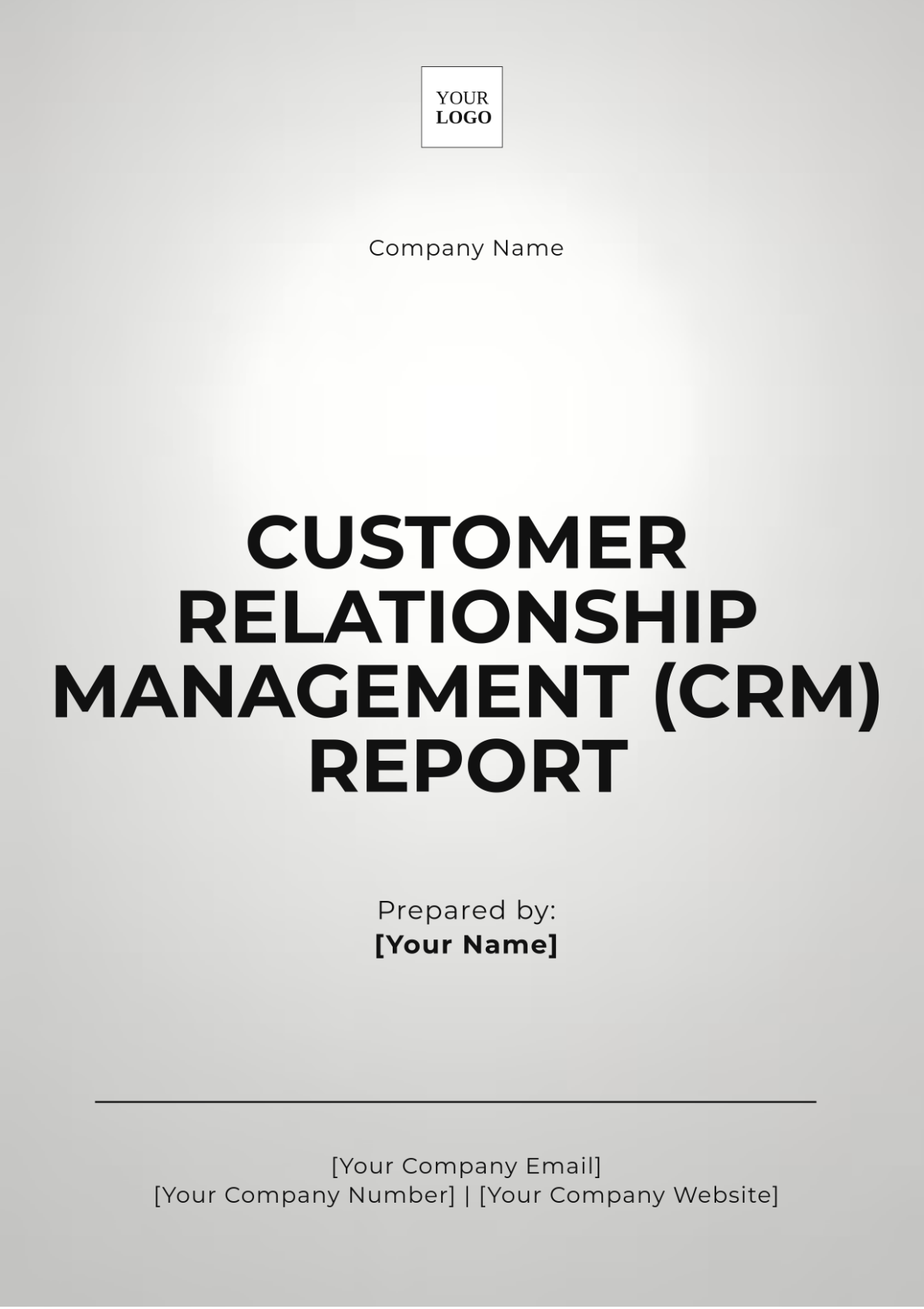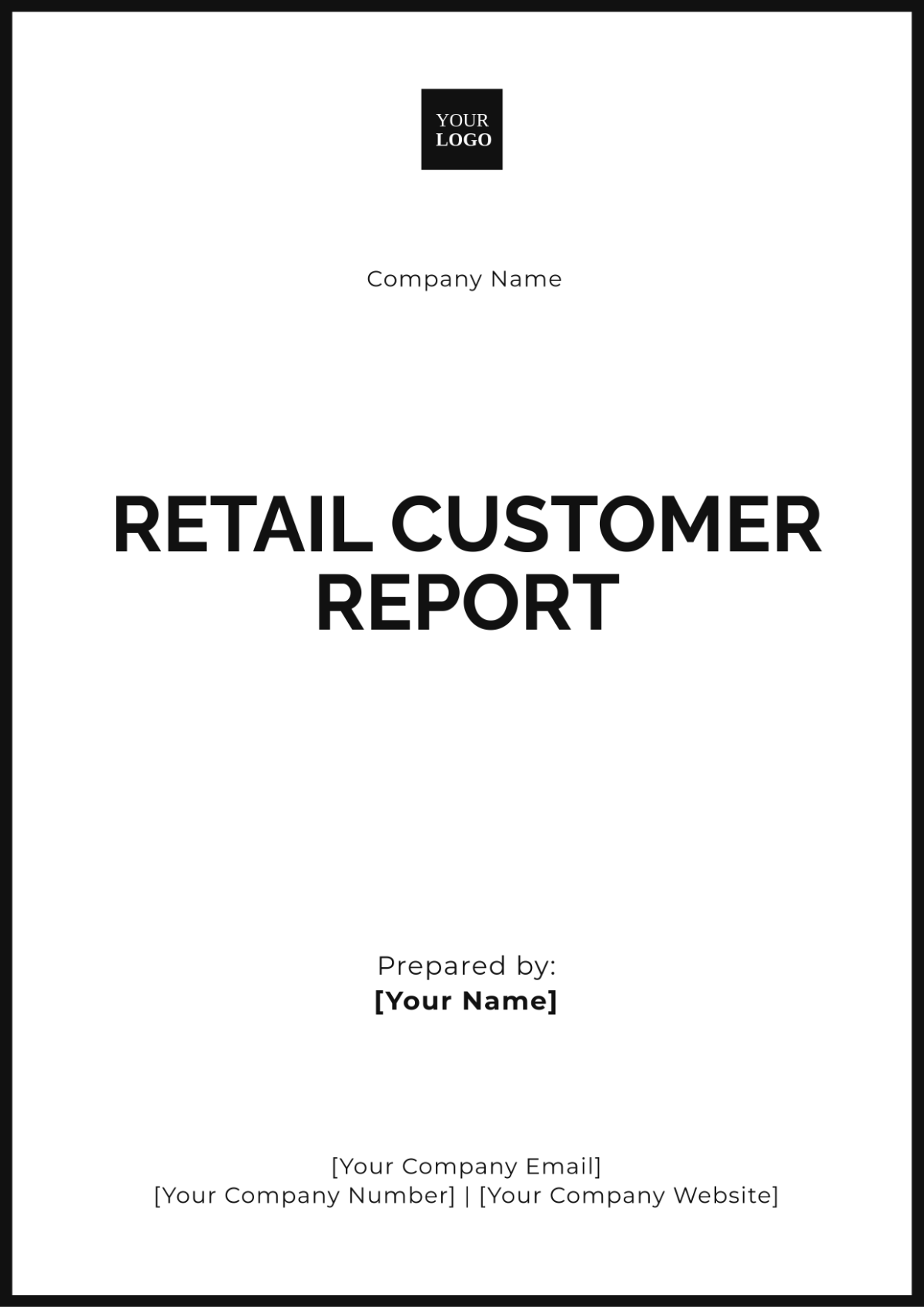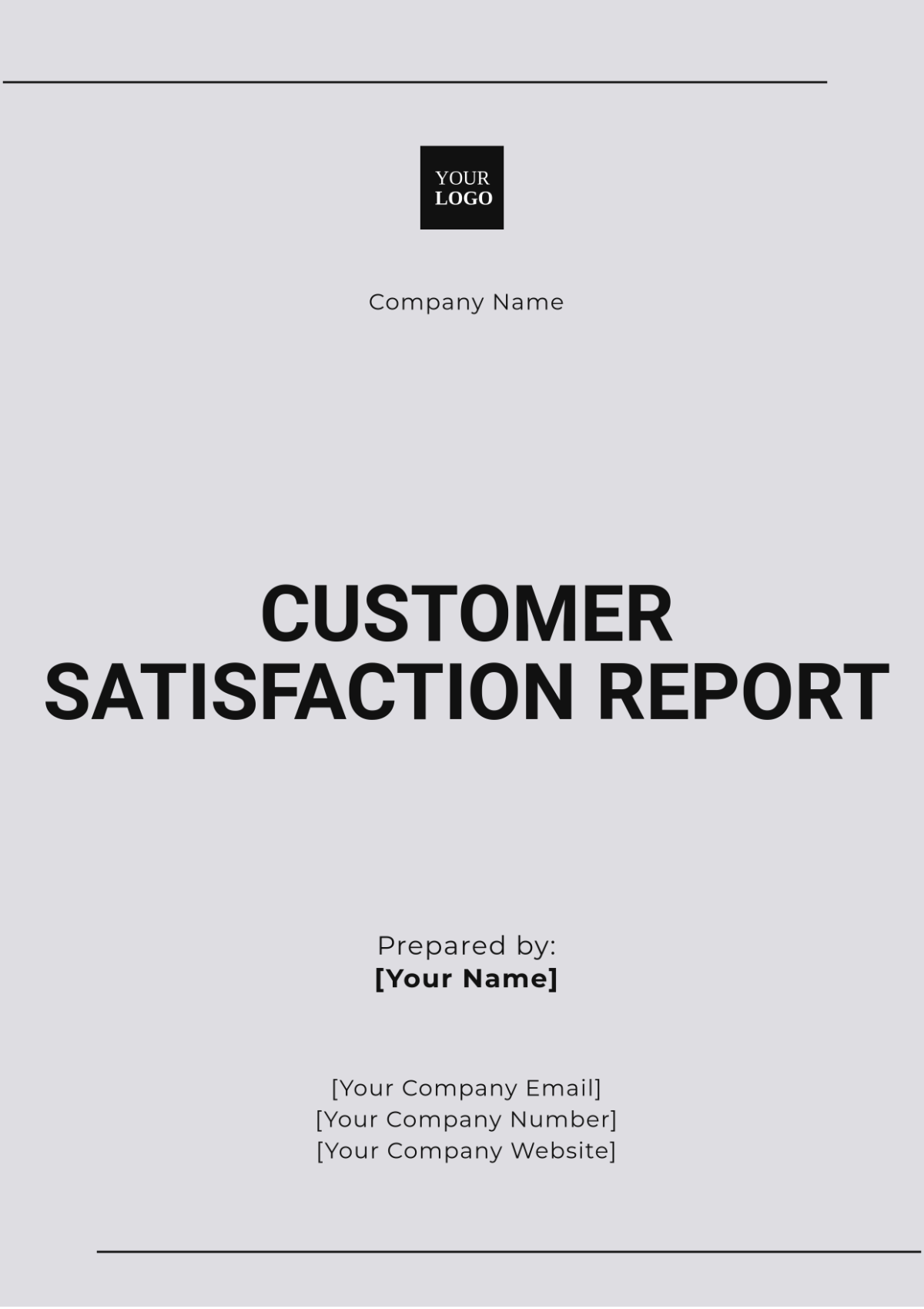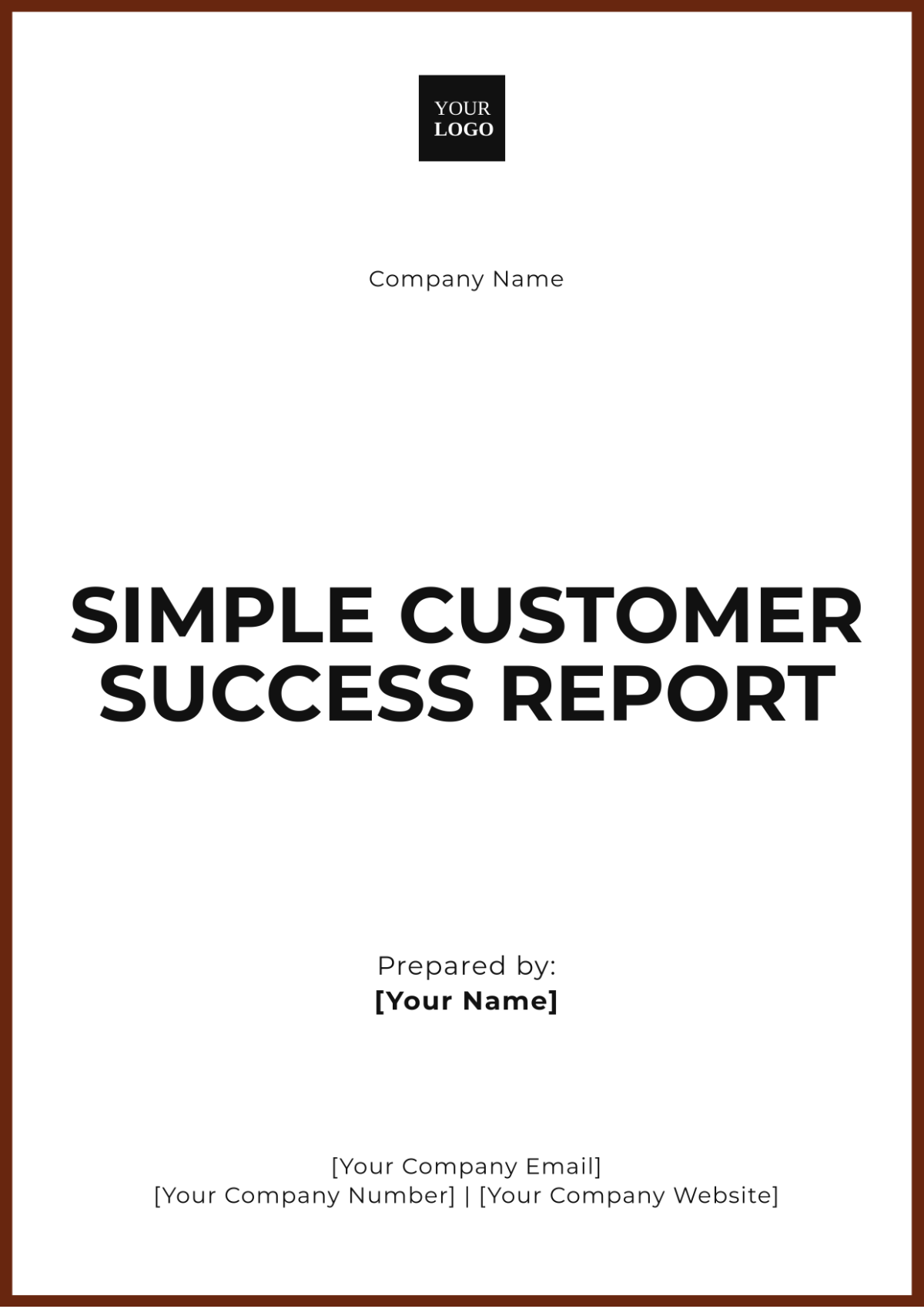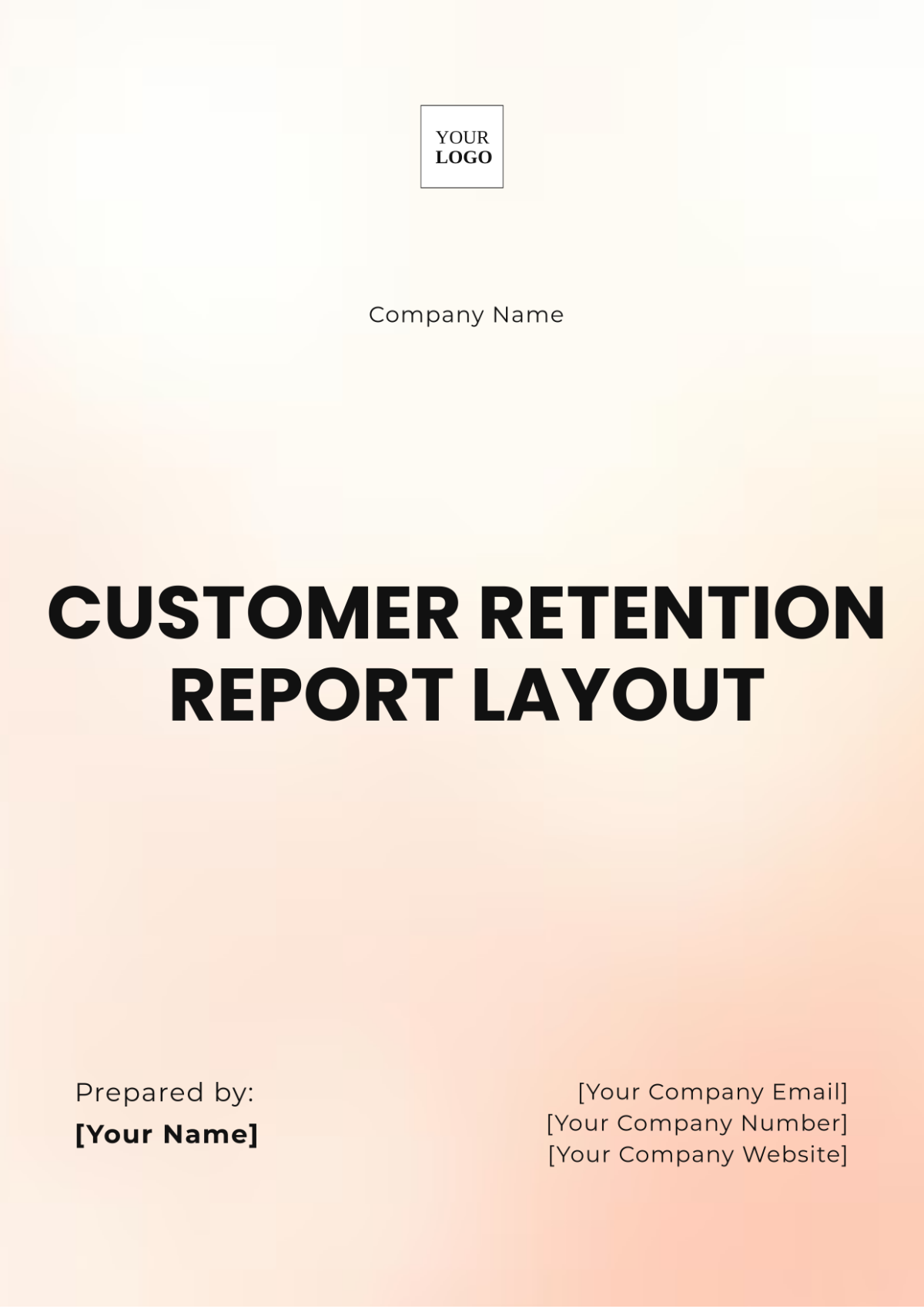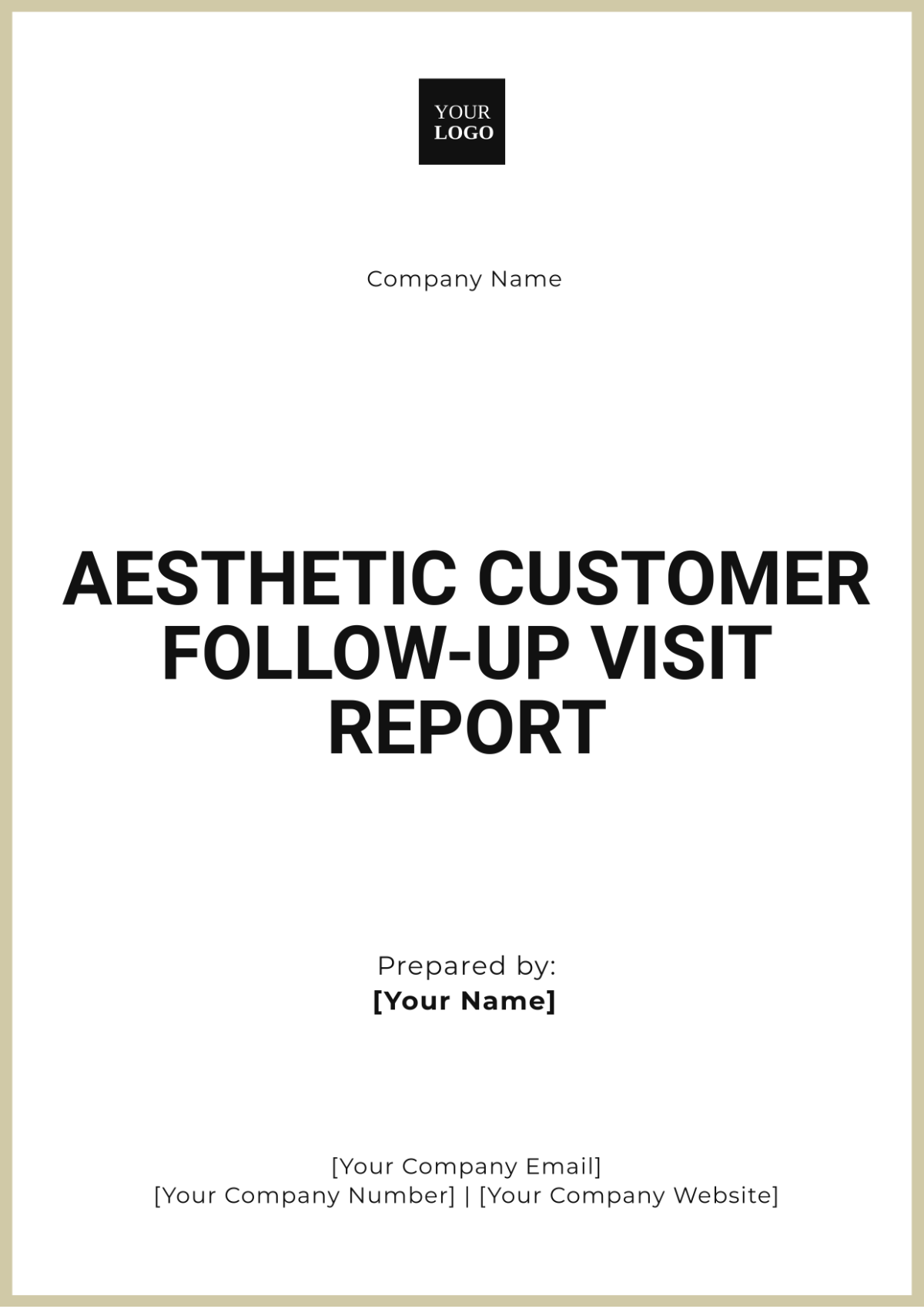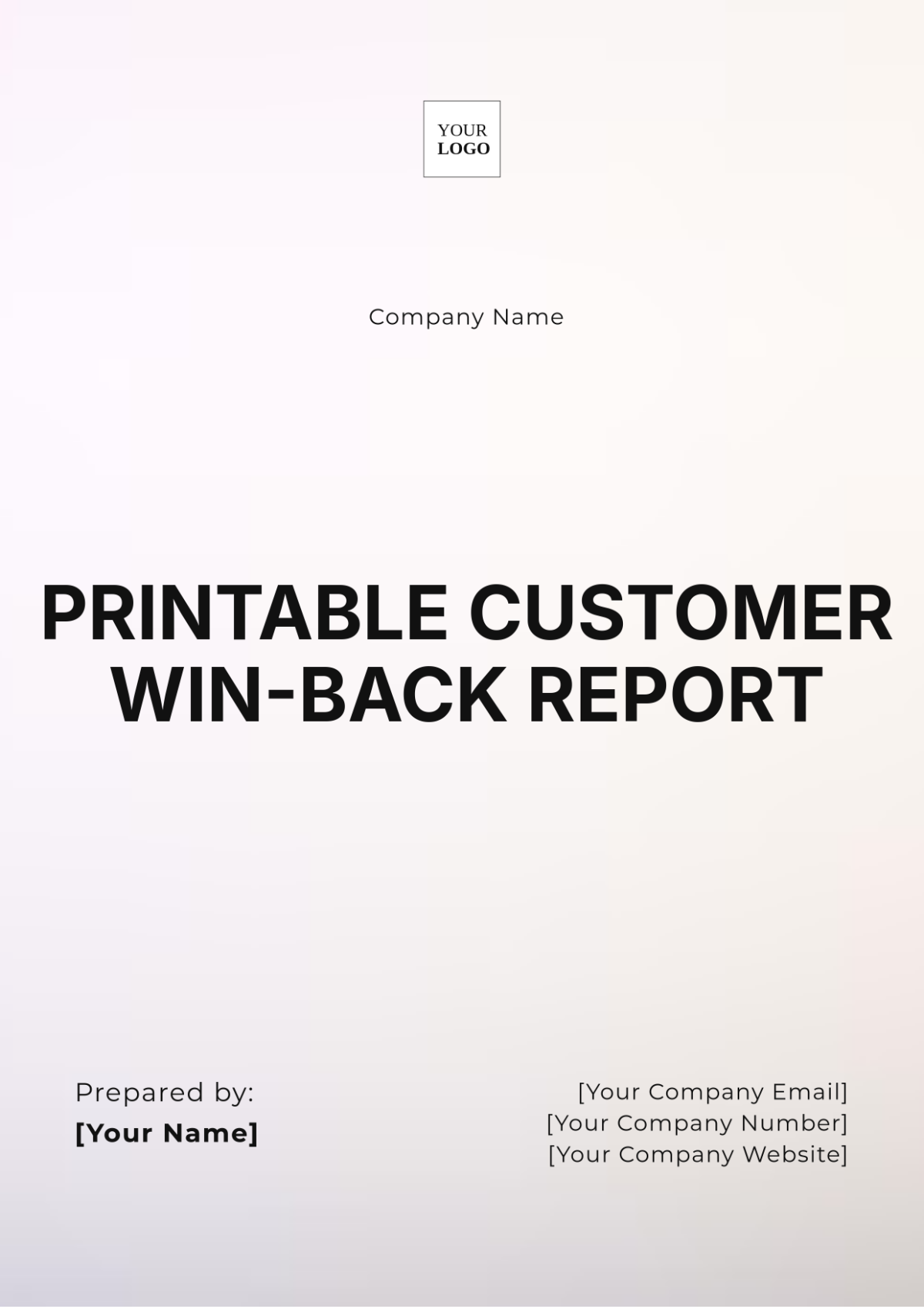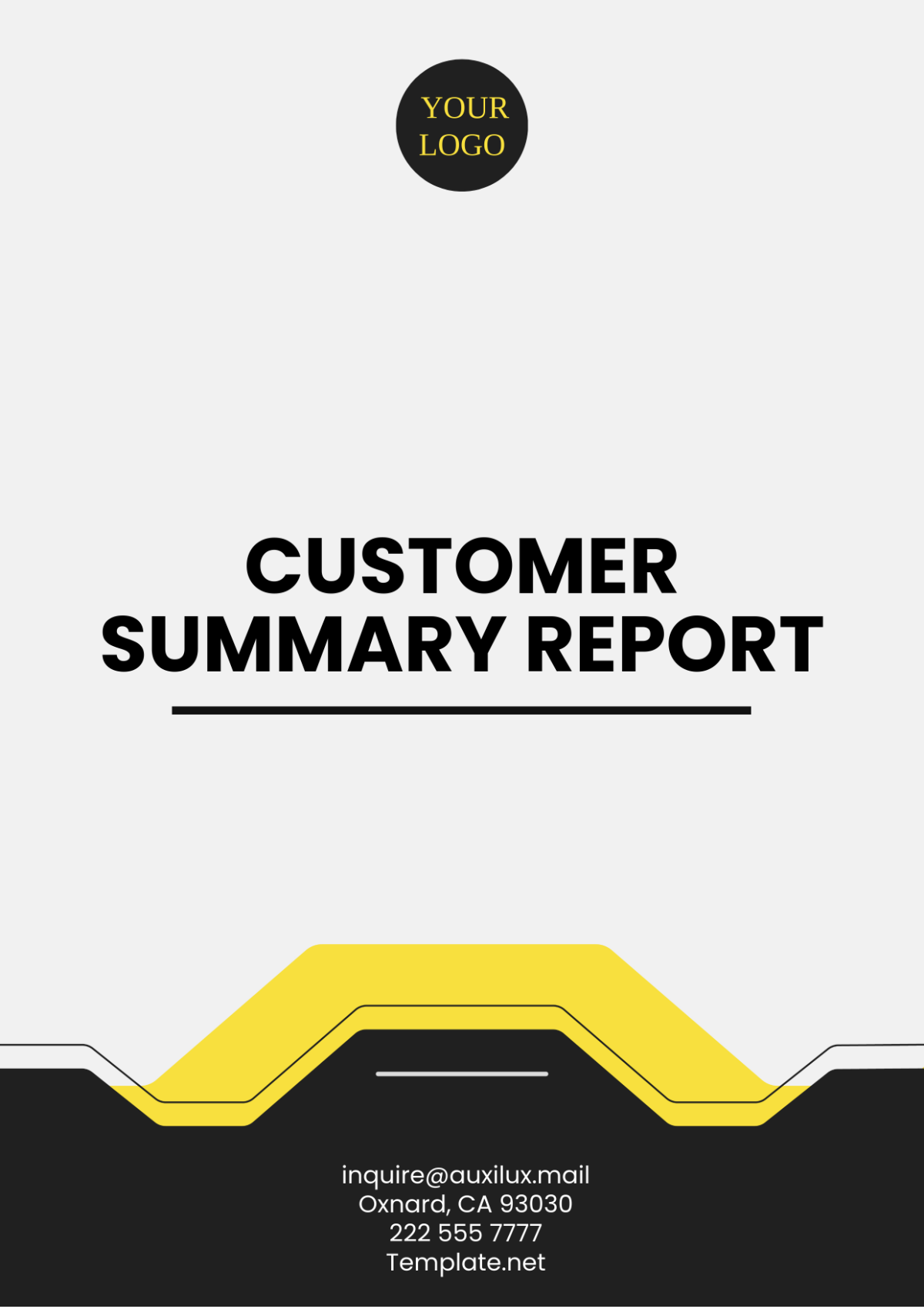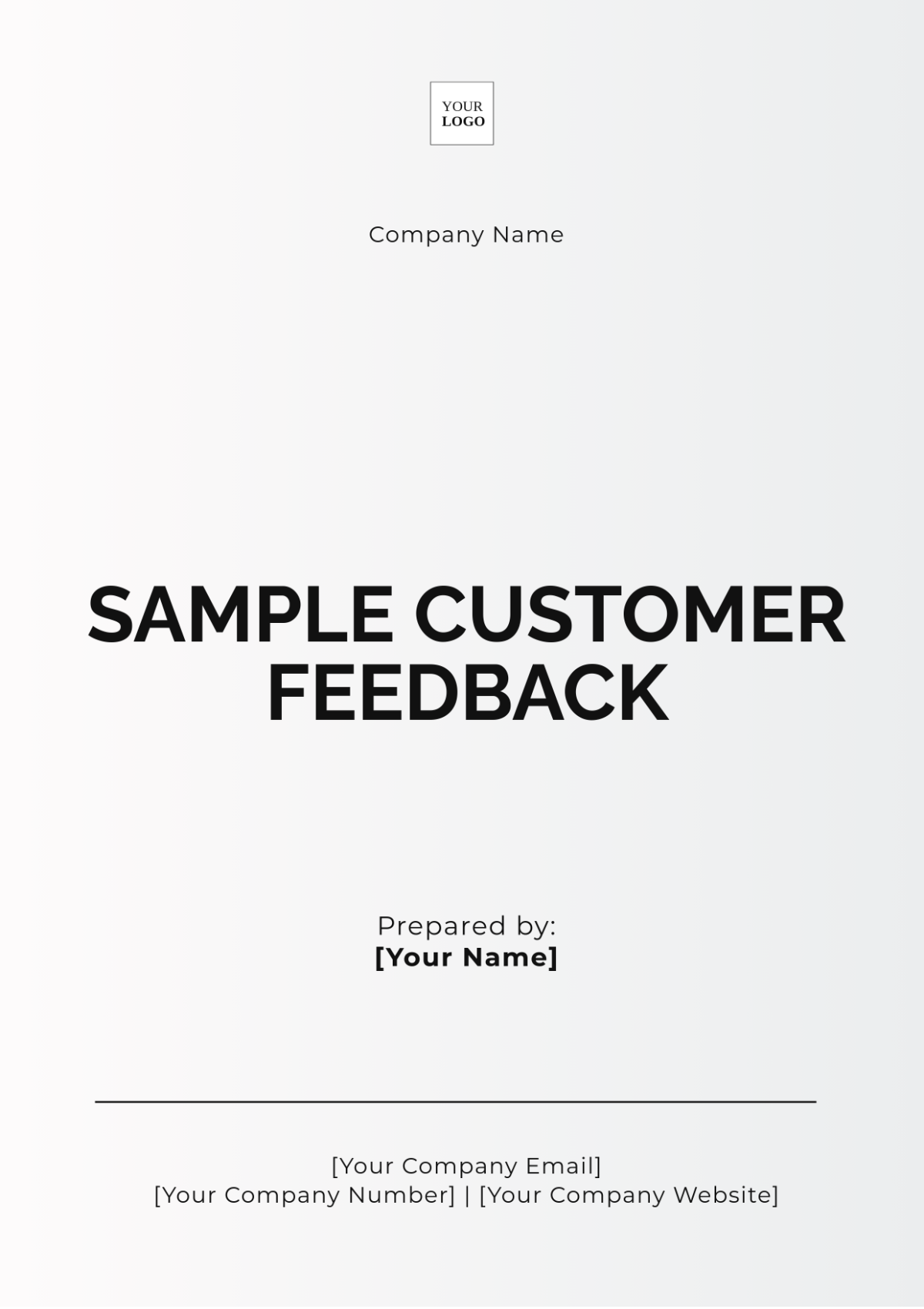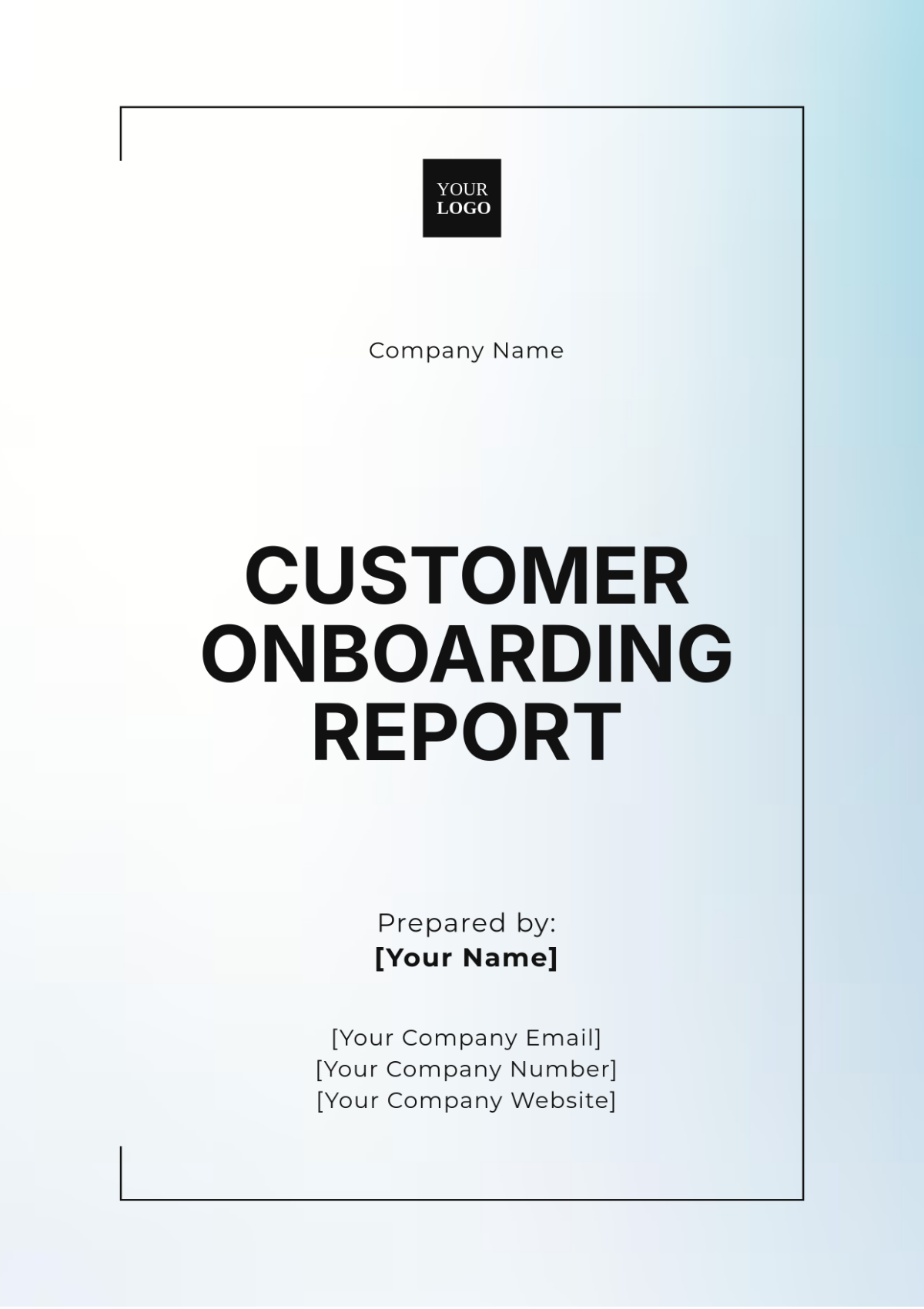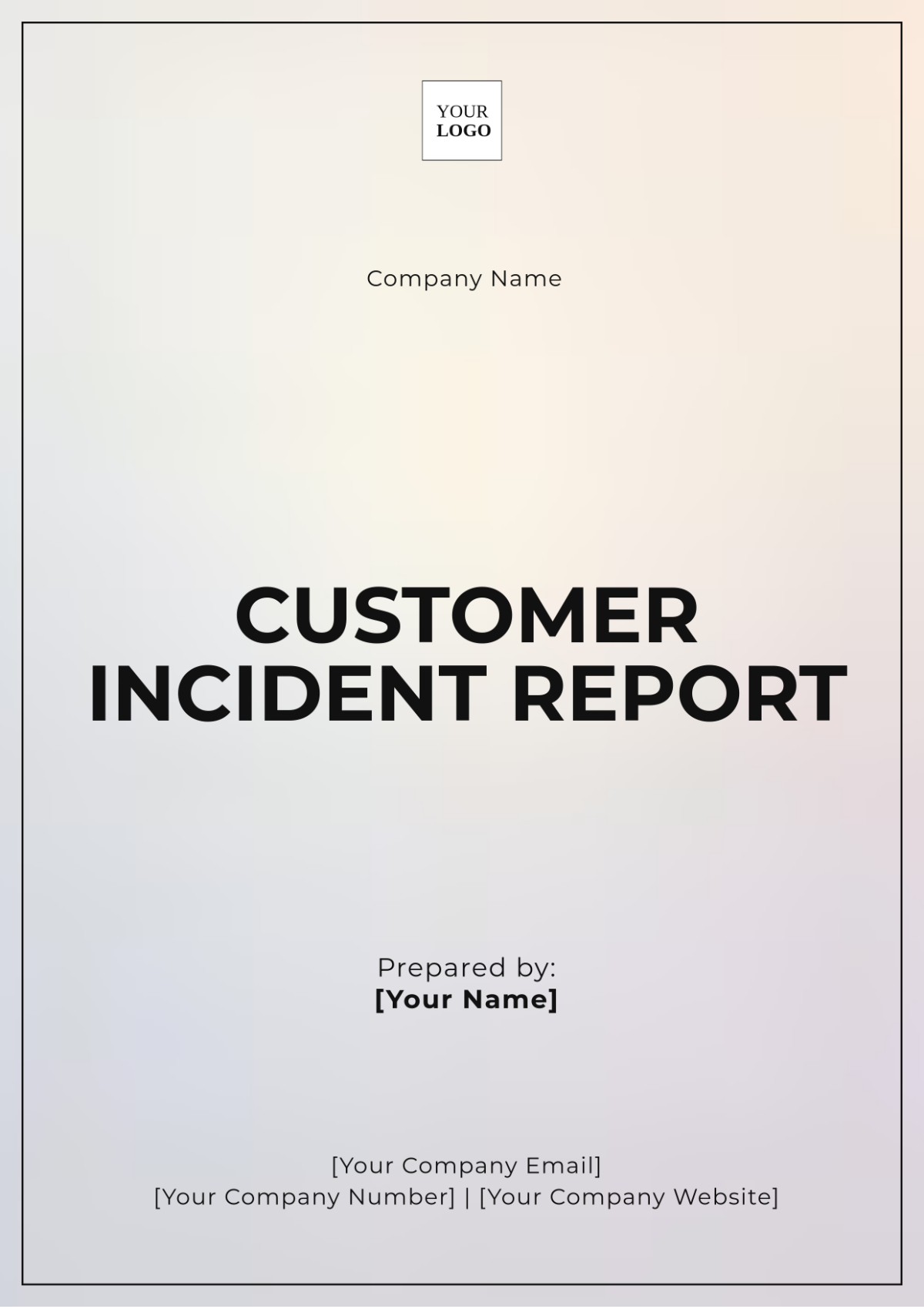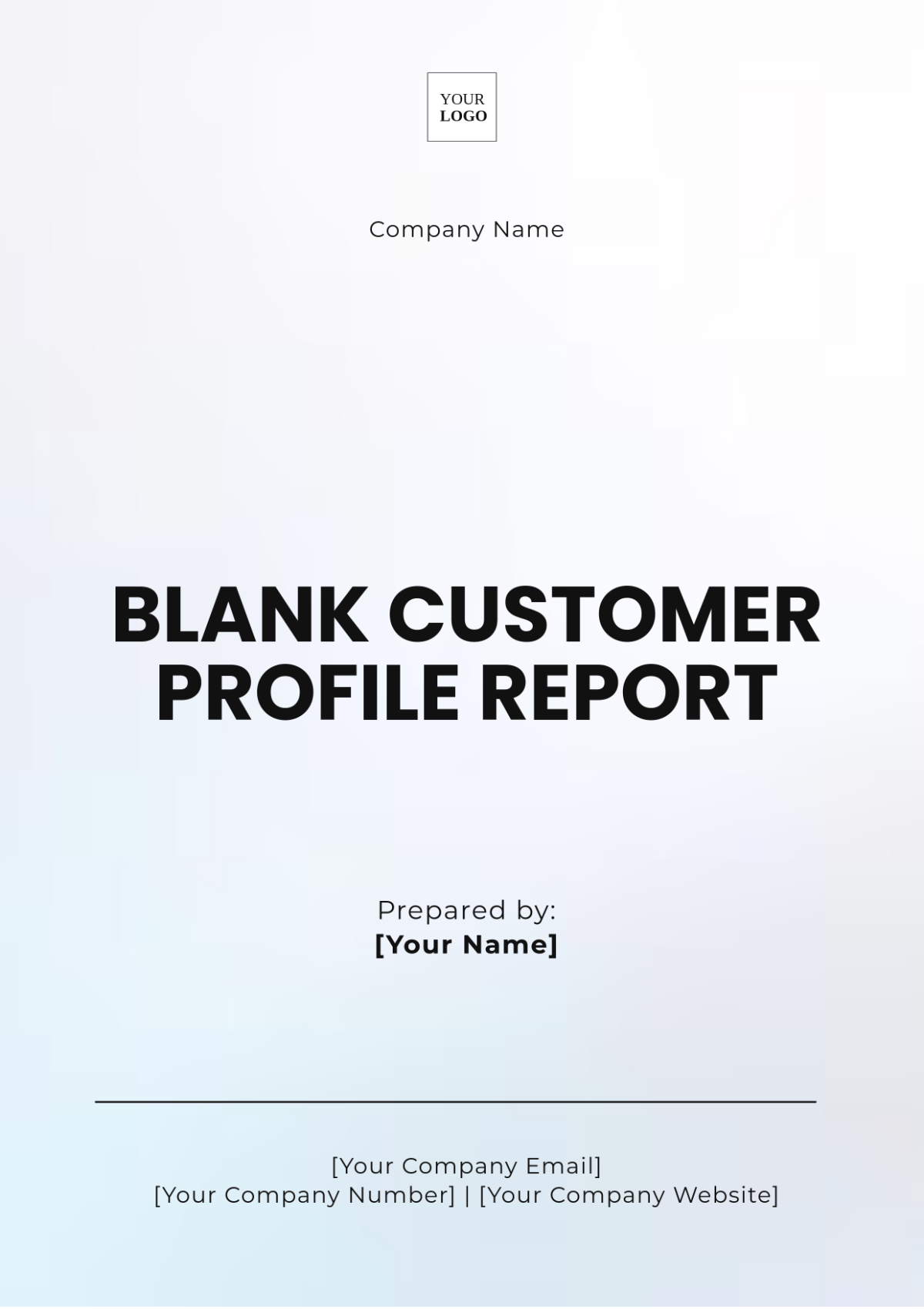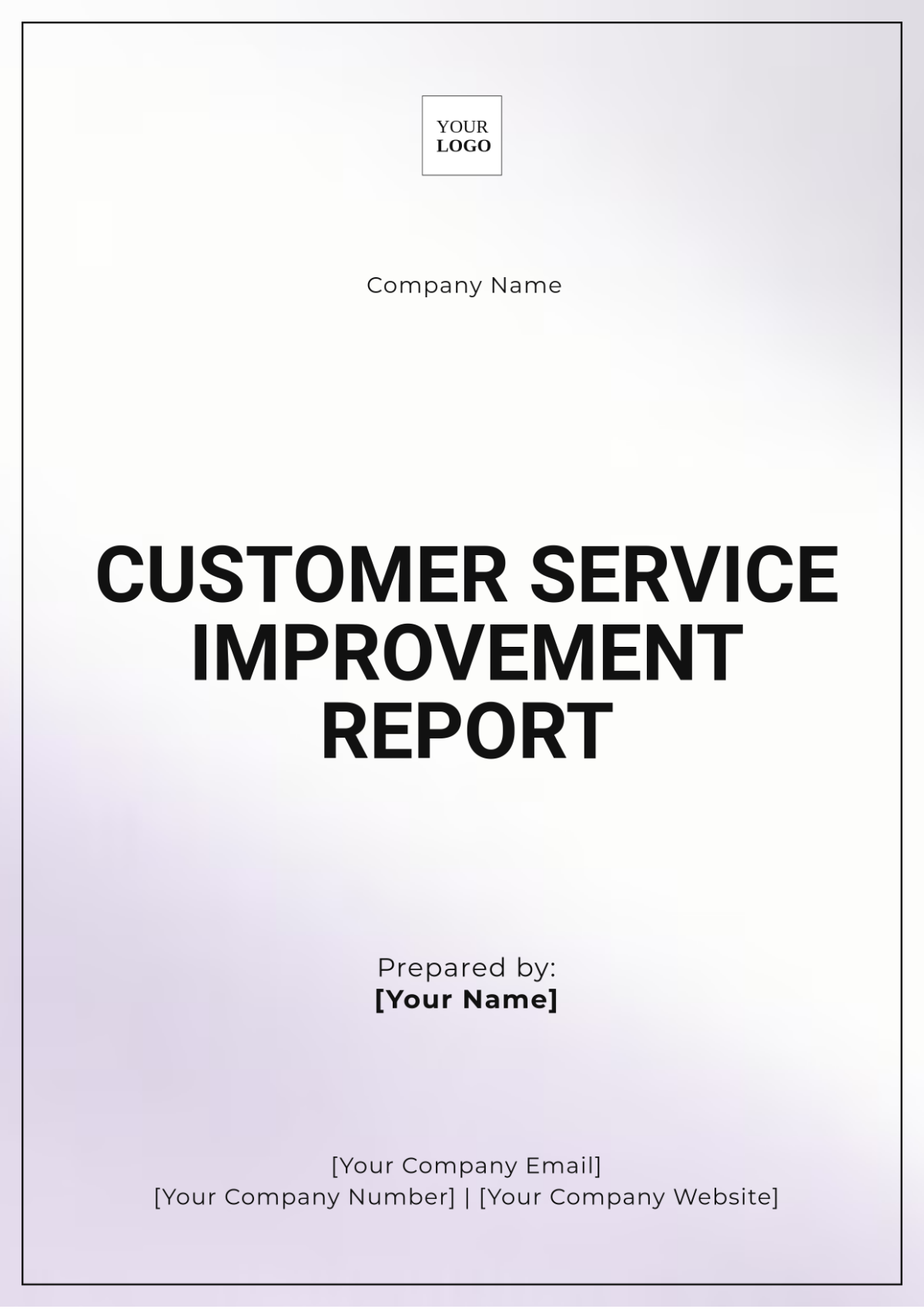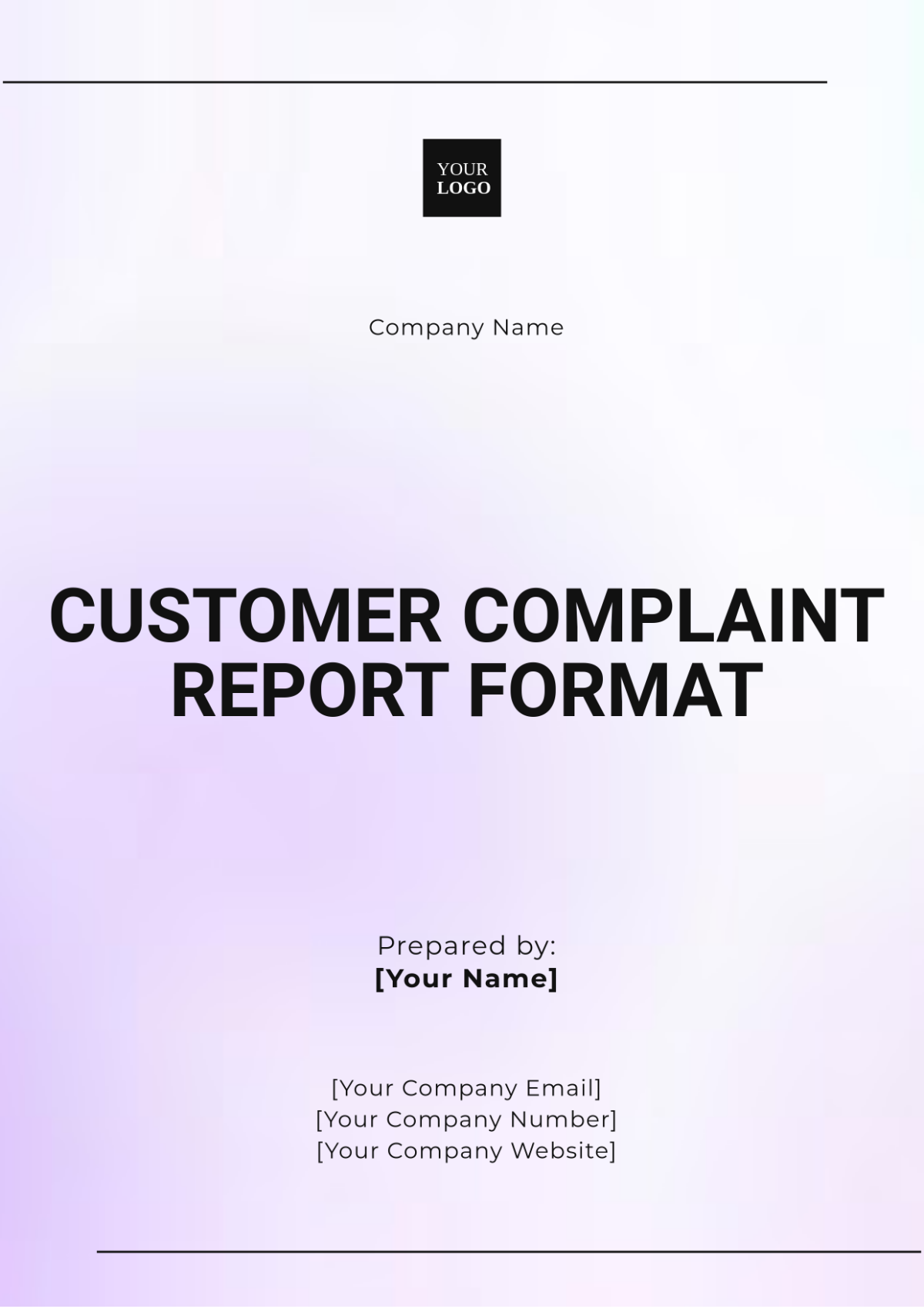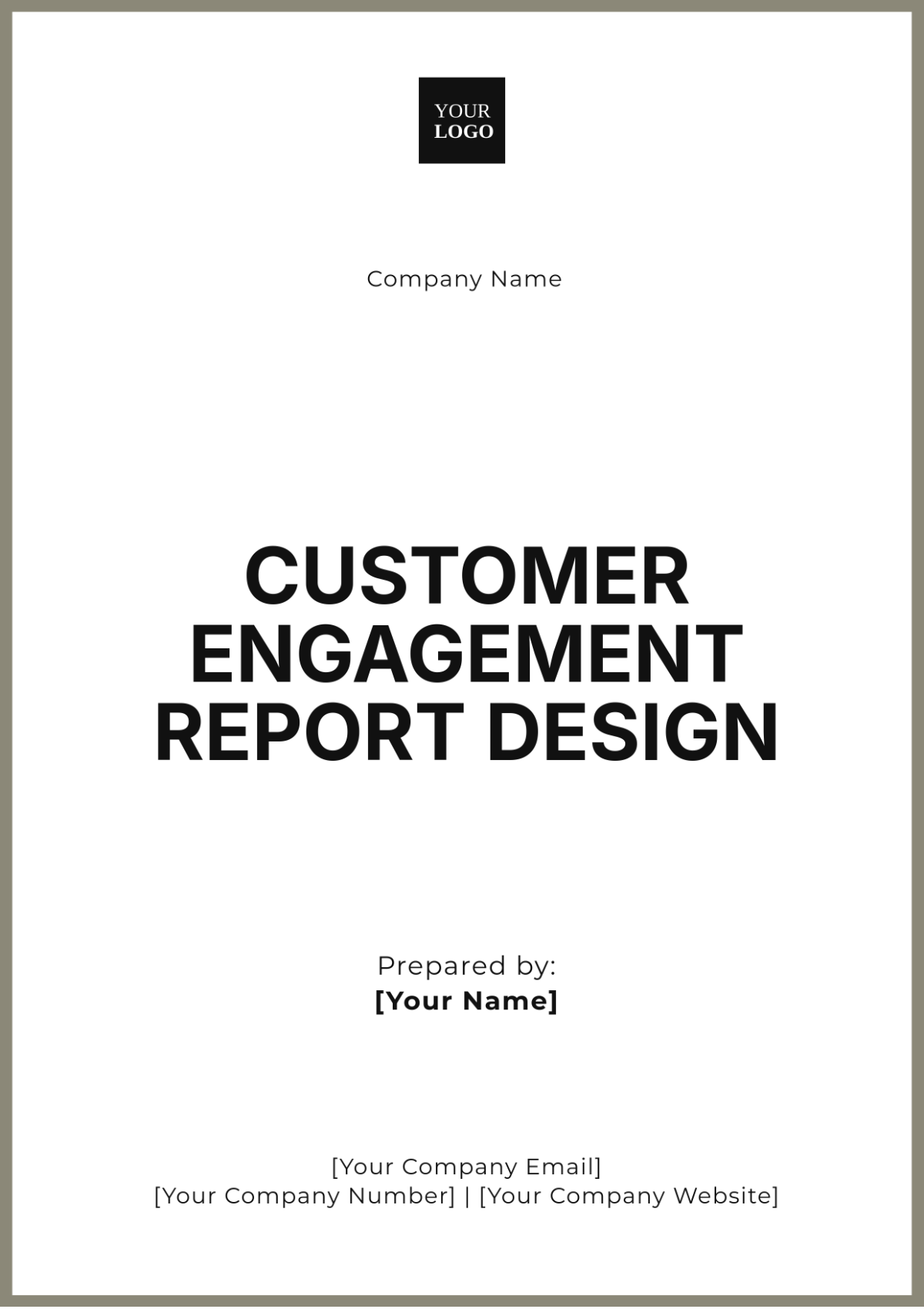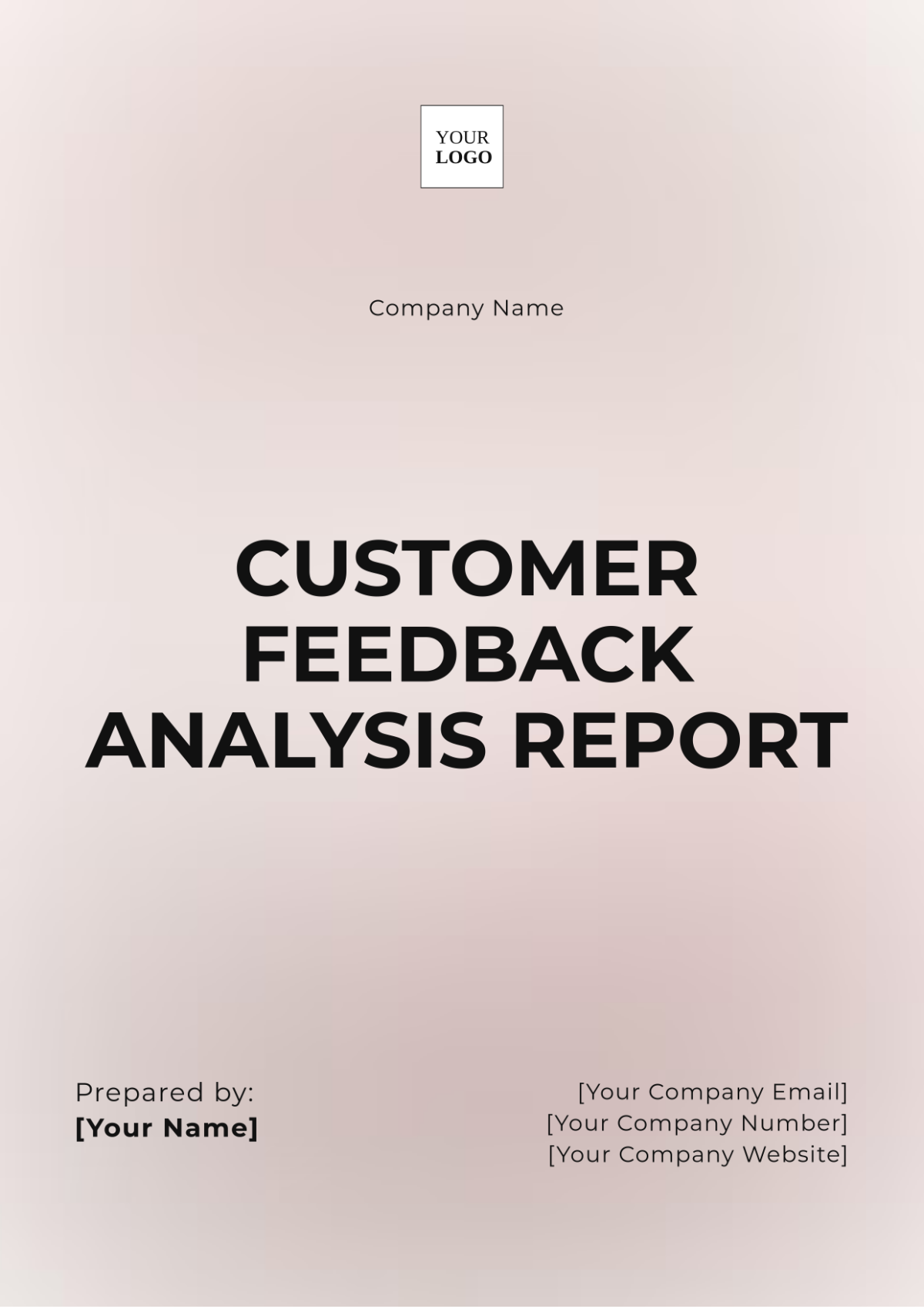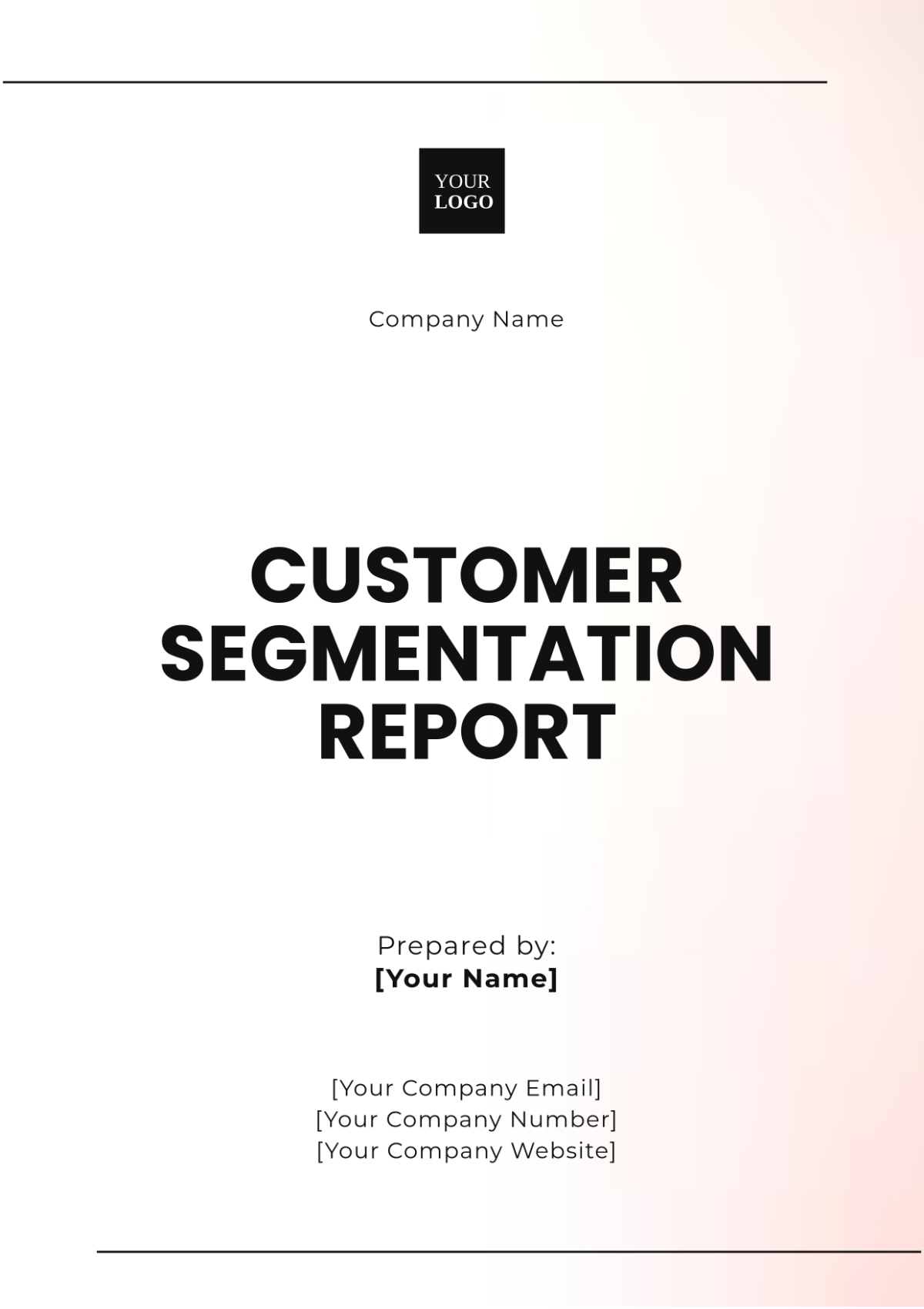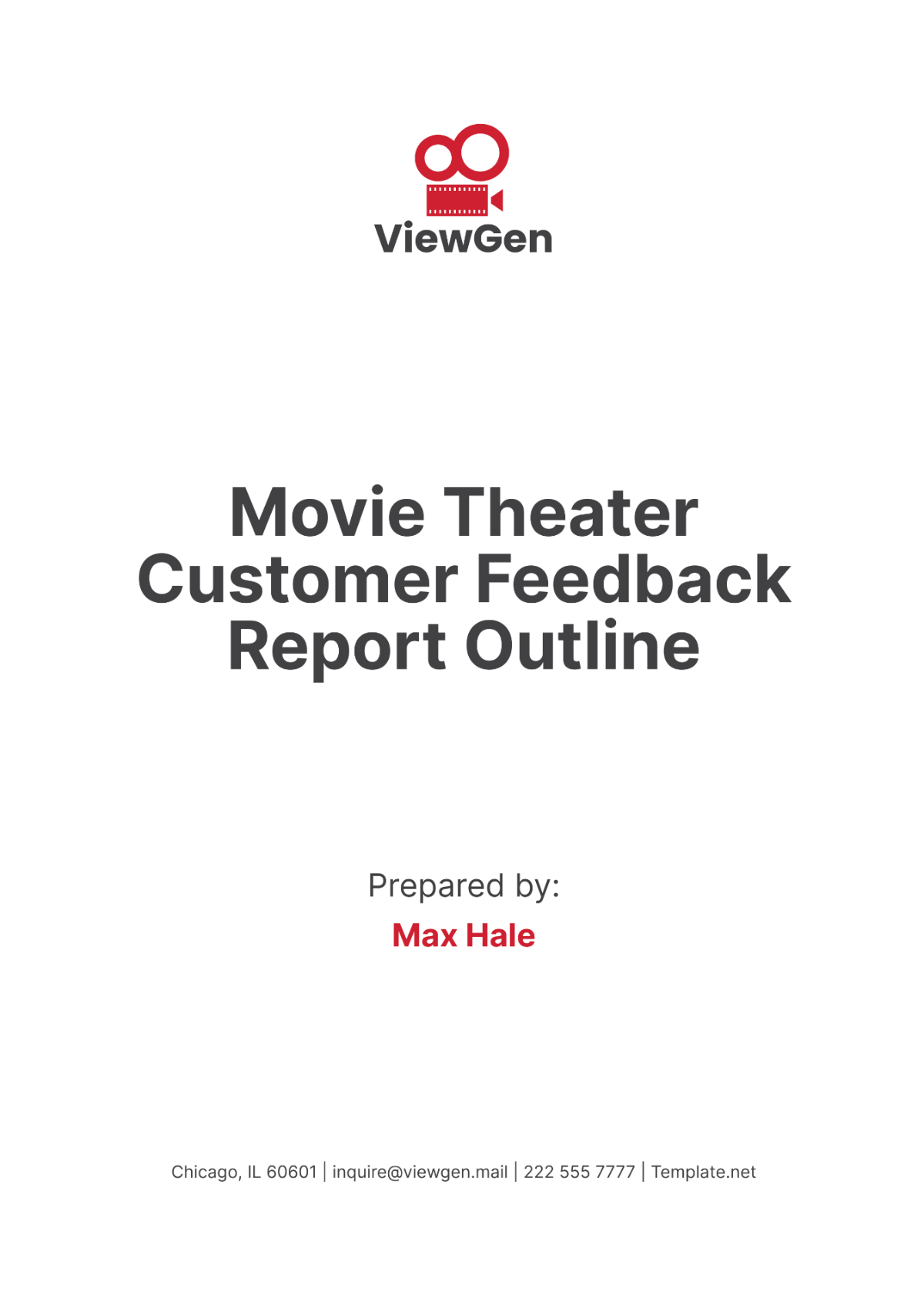Customer Service Report
Prepared by: [Your Name]
Company: [Your Company Name]
Date: [Date]
I. Executive Summary
This Customer Service Report provides a comprehensive analysis of the customer service performance for the third quarter of 2050. The report highlights key performance indicators (KPIs), evaluates customer feedback, and identifies trends and areas for improvement. Overall, customer satisfaction increased by 20% compared to the previous quarter, largely due to the successful implementation of advanced AI chatbots and enhanced training programs for customer service representatives. However, there remain opportunities to improve service efficiency, particularly in response times and issue resolution.
II. Introduction
The purpose of this report is to assess the effectiveness of our customer service operations in meeting the evolving expectations of our clients in the digital age. The analysis covers customer interactions from July 1 to September 30, 2050, focusing on service metrics, customer feedback, and operational efficiency. As customer preferences shift towards automated solutions, the goal is to enhance the customer experience while maintaining a human touch in service interactions.
III. Methodology
Data for this report was collected through various sources, including:
Customer Satisfaction Surveys: Distributed electronically to clients following service interactions, with a response rate of 75%.
Service Call Logs and Analytics: Analyzed from our integrated customer service platform, capturing response times and resolution rates across different channels, including voice, chat, and email.
Feedback from Service Representatives: Conducted focus groups to gather qualitative insights from team members regarding common issues, challenges, and opportunities for improvement.
IV. Key Performance Indicators (KPIs)
The following KPIs were evaluated for this reporting period:
KPI | Value | Change |
|---|
Customer Satisfaction Score (CSAT) | 88% | Up from 73% in Q2 2050 |
Net Promoter Score (NPS) | 72 | Increase of 12 points |
Average Response Time | 2 minutes and 30 seconds | Reduced from 4 minutes |
First Contact Resolution Rate | 92% | Up from 85% |
Customer Retention Rate | 94% | Improved from 90% |
AI Chatbot Utilization Rate | 65% | Indicates high acceptance of automation |
V. Analysis and Findings
Customer Satisfaction: The CSAT score of 88% reflects a significant improvement and indicates that customers are increasingly satisfied with their interactions. The increase is attributed to the successful integration of AI technology, enabling faster response times and a seamless customer experience.
Response Time: The average response time of 2 minutes and 30 seconds is an impressive reduction from 4 minutes, showcasing improved efficiency. However, during peak hours, response times can occasionally exceed 5 minutes. Additional staffing or resource allocation during these periods could further optimize performance.
First Contact Resolution Rate: The first contact resolution rate of 92% indicates our team’s effectiveness in resolving customer issues promptly. However, the remaining 8% of escalations highlight areas that may require further investigation or specialized training for our agents, particularly in complex technical inquiries.
Customer Retention: A retention rate of 94% indicates strong loyalty among our customer base. However, qualitative feedback reveals concerns regarding the follow-up process after issue resolution. Customers have expressed a desire for more personalized communication and updates.
AI Chatbot Performance: The utilization of AI chatbots has reached 65%, demonstrating a successful shift towards automated service. While customers appreciate the quick responses, some expressed the need for more human-like interactions for complex queries.
VI. Recommendations
Enhanced Training Programs: Invest in continuous training for customer service representatives, focusing on complex issue resolution and emotional intelligence skills to better handle customer interactions, especially for cases not fully resolved by chatbots.
VII. Conclusion
The analysis of the customer service performance in Q3 2050 indicates substantial progress, with improvements in customer satisfaction and operational efficiency. By implementing the recommended strategies, we can further enhance the customer experience and address areas needing attention. Continued investment in training, optimized staffing, personalized follow-ups, and AI advancements will be crucial in meeting customer expectations and achieving our strategic goals in the coming years.
Customer Report Templates @ Template.net
